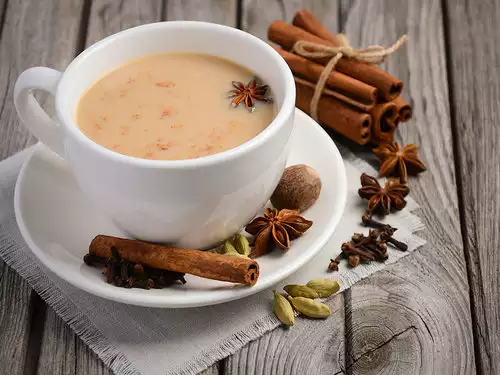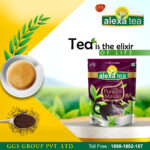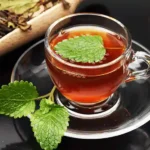Top 10 Facts About Every Tea Lover – Tea is how a lot of people either begin or end their day and for good reason—it’s relaxing, flavorful, and goes well with various types of foods. The beverage has been present for centuries and also provides a caffeinated replacement for coffee. Not only do studies prove tea’s possible health benefits, but there is a variety to the beverage unlike any other. With over 3,000 distinct varieties, there truly is a masterpiece for everyone.

Once you get the habit of brewing tea at home, you will never want to go out for a tea. Taking a few factors like temperature, water, and serving size into consideration, you can create a perfect cup right in your very own kitchen in your style. Distinctive leaves need their own steeping times, so read on to know more.
From ideas on looking at which type is right for you to the vast variety of flavors, you can pick from, there’s always more to acknowledge and love about the world’s most universally consumed beverage—aside from water, of course! So get hold of a warm mug of your favorite flavor, relax on the couch, and enjoy these awesome facts.
Top 10 Facts About Every Tea Lover
1. Not all Teas are created equally
Most teas (black, green, oolong, and white) are generated from the plant Camellia sinensis and are organically caffeinated. Herbal teas are blended with dried herbs, fruits, or flowers like chamomile or Echinacea. Red tea, which is produced from a South African plant, is in an individual category as well.
2. The perfect water temperature varies by variety
Green and white teas need water between a range of 175 and 180 degrees Fahrenheit, whereas the robust variety, black, requires boiling water of 212 degrees Fahrenheit.
3. The type of water also matters
Acknowledging if your tap water is regarded as hard which implies high in minerals or soft which means low in minerals is significant, as it can impact the tea’s flavor. If the water is too hard, you will receive a metallic flavor, while too soft can imply bitterness. If your tap water doesn’t taste great, try filtering it before boiling.
4. You cannot control caffeine levels through steeping
To make the tea stronger, keep the steeping time short. The more you steep, compounds called the arubigins come out of the plant and blend with the caffeine. Due to this, caffeine has a hard time infusing into your brain receptors to get you going. For less caffeine, you will need to do a fast steep, get the brew out, and re-steep it. By doing so, you will cut around 80 percent caffeine.
5. Use glass teapots instead of plastic and metal whenever possible
Plastic and metal brewing containers are the most common malefactors because they can absorb the attributes of strong teas and present them to more sensitive brews. Glazed ceramic or glass are the perfect choices for brewing a vast range of teas since their non-porous surface is flavor-neutral.
6. Try not to use too many additives
Tea has a strong texture by itself. Instead of putting everything in the tea, it is best to add fewer additives to enjoy the perfect cup of authentic taste.
7. Tea is deeply hydrating
Tea contains a large amount of water. It helps in keeping your body hydrated even when the weather outside is hot.
8. Cold brewing reduces bitterness
Are you not able to tolerate bitter tastes? Cold brewing is a slower process that reduces the risk of bitterness generated due to over-steeping. It works for a lot of loose-leaf teas, involving oolongs and herbals.
9. Loose tea leaves are better for the environment
While it is more convenient to use tea bags, the paper and plastic usually end up in landfills. However, loose-leaf variations need less packaging, generating less waste—plus the leaves can be biodegraded!
10. Brewing your own is healthier than buying it
Bottle tea bought from stores may not consist of as many cancer-fighting antioxidants as homemade tea, according to a study. Beverage manufacturers usually cut off nutritious polyphonous from tea to make the beverage less bitter for public consumption.
Conclusion
Tea comes out as one of the most cost-effective beverages available. Most tea varieties have an estimated cost of three cents per serving when prepared at home. Even the most exclusive and bespoke teas remain budget-friendly, with costs of approximately less than ten cents per serving. In addition, an ounce of tea can produce up to 15 cups, making it a budget-friendly choice.
FAQs on Top 10 Facts About Every Tea Lover
Question1. What is the best method to prepare tea?
Answer. The best method to prepare tea is at home. Style and add flavors of your own and customize your tea the way you want.





